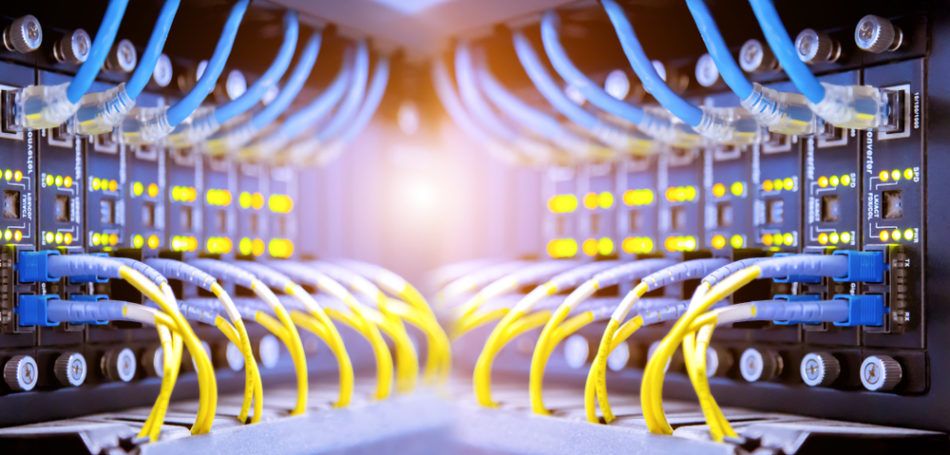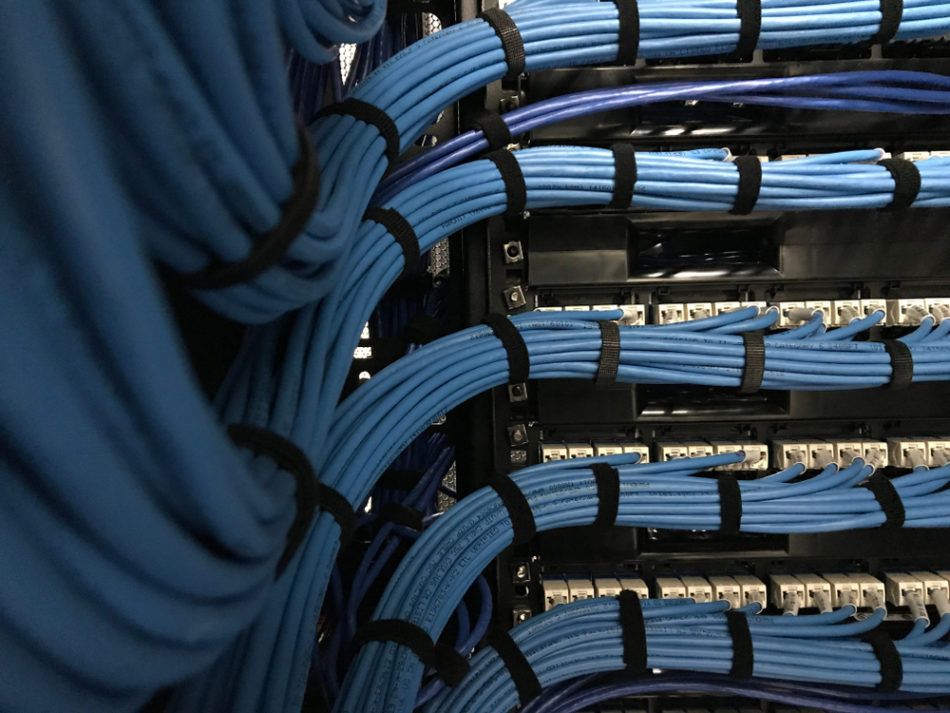Cabling: The Most Overlooked Aspect of Your Network
Enterprises seeking high-performing networks can’t afford to ignore their network cabling, as this oft-overlooked networking component is a critical...
4 min read
 Robert Elgart
:
May 1, 2019 4:42:00 AM
Robert Elgart
:
May 1, 2019 4:42:00 AM

As enterprises prepare for Wi-Fi 6, now’s the time to decide whether to rip and replace your existing cabling or invest in solutions designed to get more out of your current infrastructure.
Wi-Fi 6 (802.11ax) is right around the corner. Indeed, the Wi-Fi Alliance — an organization that establishes industry standards and best practices for Wi-Fi technology — has indicated that the next generation of Wi-Fi will be fully available sometime in 2019 or 2020. This new network connectivity paradigm will have wide-ranging effects across multiple industries, making it essential that IT teams have plans in place to leverage Wi-Fi 6 to their overall advantage.
As sophisticated technologies like IoT and emerging workplace trends like enterprise wearables place greater strains on enterprise networks, it’s up to IT teams to make sure their wired network infrastructure will be ready to support Wi-Fi 6. True, devices such as routers and other network assets will soon say whether or not they’re compatible with Wi-Fi 6 right on the product label, but ensuring that the transition from Wi-Fi 5 — formerly known as 802.11ac — goes smoothly will require an assessment of (and in some cases replacement of) existing wired network infrastructure.
A large part of this process will revolve around cabling. In order to reap the benefits of Wi-Fi 6, many enterprises will need to upgrade cable infrastructure. While Wi-Fi 5 maxed out at 3.5 Gbps, the next generation of wireless technology nearly triples that, with maximum speeds of 9.6 Gbps. Most copper cabling installed 3 or 5 years ago was not designed to handle those kinds of speeds.
For some teams, this will mean tearing out old cabling and replacing it with the products specifically suited for Wi-Fi 6. For others, investing in innovative technology — such as Aruba switches with HPE Smart Rate technology — can help you get more out of your existing cabling without having to rip it out and replace it.
Wi-Fi 6 — known as 802.11ax by former naming standards — is no doubt going to be a game-changer for enterprise networks. This new era of connectivity will decrease latency thanks to orthogonal frequency division multiple access (OFDMA), offer faster speeds for mobile devices with MU-MIMO technology, provide better performance in user-dense environments, and reduce dead zones in the workplace with improved beamforming functionalities. Plus, Wi-Fi 6 will boost battery life for compatible devices, helping your employees be more productive between charges.
Overall, Wi-Fi 6 will be able to better support next-generation technologies such as IoT networks, interactive user experiences, location-based services, and more demanding applications. These capabilities will form the building blocks of enterprise networks going forward, making it essential that teams are fully prepared for Wi-Fi 6 when it arrives.
Whatever specific benefits you’re looking for with Wi-Fi 6, you won’t be able to enjoy them if your wired infrastructure isn’t optimized for its requirements. While a lot will go into preparing enterprise networks for this new paradigm, cabling will be a central component of any team’s preparation efforts. That’s because only cabling designed or augmented to handle the full capacity of Wi-Fi 6 will be able to guarantee you the maximum bandwidth.
Chances are, your enterprise currently relies on twisted-pair copper cabling — in many cases Category 5 Ethernet — to support Wi-Fi 5 systems. Maxing out at about 1 Gbps, Cat 5 cabling won’t be able to offer your users the capacity they need to fully take advantage of Wi-Fi 6’s capacity.
If you’re beginning to prepare for Wi-Fi 6, you’ll need to put a plan into motion that will ready outdated cabling infrastructure for the next-generation of use. The specifics of that plan will depend on the nature of your business, the size of your team, the state of your current network, and — importantly — your budget.
For some enterprises, it will make sense to rip out older Category 5 cabling and replace it with Category 6A cabling. Cat 6A can handle data rates up to 10GBASE-T, making it a prime candidate for the future of wireless connectivity. Cat 6 also dissipates heat well, making it a useful component for PoE needs.
However, tearing out old cabling — albeit a viable option for some organizations — isn’t the right choice for every enterprise. You might be concerned about the cost or the disruption to important workflows that might result from a full overhaul. If these concerns stick out to you, Aruba switches with HPE Smart Rate technology could represent the best choice.
Replacing your current switches with Smart Rate switches like the Aruba 2930M Switch Series can allow existing Cat 5 cabling to support data rates of 10Gbps. What’s key about Smart Rate technology is that you don’t have to replace older Category 5 wiring in order to tap into higher data rates. This means that enterprises can enjoy the benefits of Wi-Fi 6 and expand their networking capabilities without the cost or lost productivity that come with rip and replace.
A lot will go into preparing your network for Wi-Fi 6. From revamped cabling to updated software, you’ll need to prepare your IT team and your wider organization for the changes that will result during the transition from Wi-Fi 5. However, once you’re ready for Wi-Fi 6, you’ll benefit from faster speeds, better throughput, more robust cybersecurity, and improved performance — especially in user-dense areas.
However, navigating this process on your own can be daunting. While some enterprises may have the capacity to handle this transition themselves, many organizations will likely need additional support and expertise to get the job done. By working with an expert networking specialist like Turn-key Technologies (TTI), you can leverage decades of industry experience to prepare your operation for the next generation of Wi-Fi technology. Whether you’re already considering your cabling options or you’re looking for a more comprehensive networking solution, TTI has you covered.

Enterprises seeking high-performing networks can’t afford to ignore their network cabling, as this oft-overlooked networking component is a critical...

WiFi 6 promises to improve wireless speeds, but obsolete cabling could place a bottleneck on your network. WiFi 6 — previously known as 802.11ax — is...

As enterprises look for advanced networking technology to support their evolving needs, WiFi 6 offers a host of game-changing improvements over its...